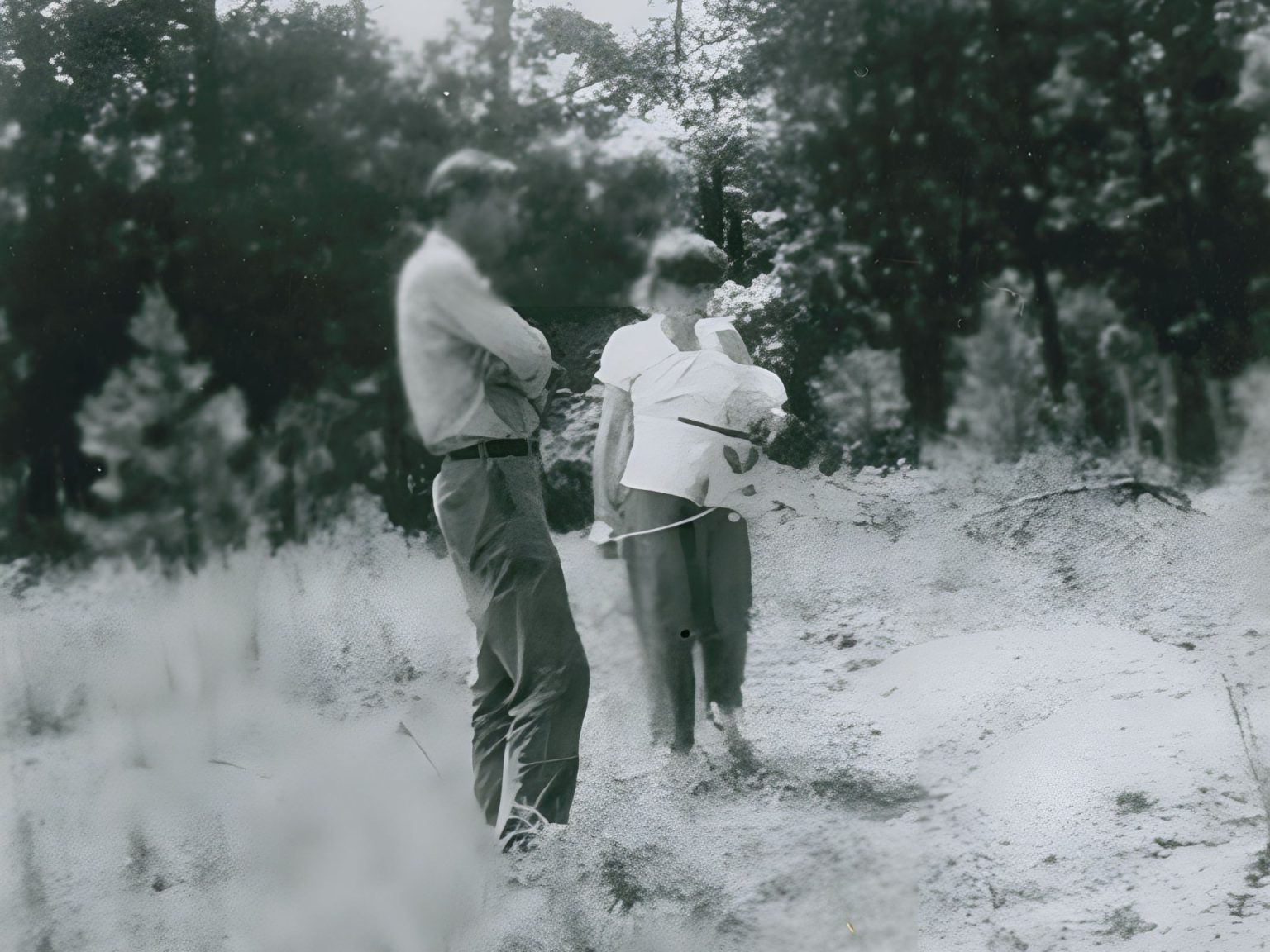William S Burroughs, an American writer, escaped gun and drug charges in the United States by bringing his family to Mexico in 1949. Despite initial euphoria upon their arrival in Mexico City, Burroughs fell back into heroin addiction, leading to violent outbursts and a deteriorating marriage with his wife, Joan Vollmer. On September 6, 1951, Burroughs shot Vollmer in the head during a drunken William Tell act in their apartment above a bar, leading to her death. Despite this horrific act, Burroughs went on to become a highly influential figure in American literature, with renewed interest in his work due to the release of the movie Queer, which draws from his experiences in Mexico City.
The tragic death of Joan Vollmer was a culmination of the troubled relationship between her and Burroughs, marked by addiction and abuse. As the couple struggled with drug and alcohol addiction in Mexico City, their marriage deteriorated, and Vollmer’s health continued to decline. The shooting occurred during a drunken gathering in their apartment, with Burroughs claiming it was an accident. After Vollmer’s death, their children were sent to live with relatives, while Burroughs faced a court case, eventually fleeing the country with his lawyer after another killing in Mexico. Vollmer was buried in a pauper’s grave, with Burroughs later adding a simple inscription.
Burroughs’ career as a writer took off after Vollmer’s death, with works like Naked Lunch gaining critical acclaim and inspiring other artists. Despite his literary success, Burroughs continued to struggle with addiction and maintained a fascination with guns throughout his life. His writing, which often dealt with dark and controversial subjects, has sparked debate about the connection between an artist’s work and their personal actions. The incident with Vollmer continued to haunt Burroughs, influencing his later works and shaping his perspective on life and art.
Burroughs’ addiction and involvement in the counterculture scene of the 1950s and 60s reflected larger issues of drug abuse and violence in American society. His critiques of the societal response to addiction and his advocacy for public health approaches to drug problems resonated with issues still prevalent today. The question of whether an artist’s life and actions can be separated from their work remains a complex one, especially in the case of Burroughs, whose personal struggles and violent actions are intertwined with his literary legacy.
As Burroughs’ work continues to be celebrated for its innovation and experimentalism, the shadow of Joan Vollmer’s death remains a haunting reminder of the darker side of his life and career. While it is easy to appreciate his writing for its creativity and impact, the tragedy of Vollmer’s death raises questions about how far art can be separated from the artist, and what responsibility we have as readers and consumers of art to reckon with the lives and actions of those who create it. Ultimately, it is up to each individual to decide how to engage with the work of artists like Burroughs, knowing the complex and often troubling realities behind their creative output.


